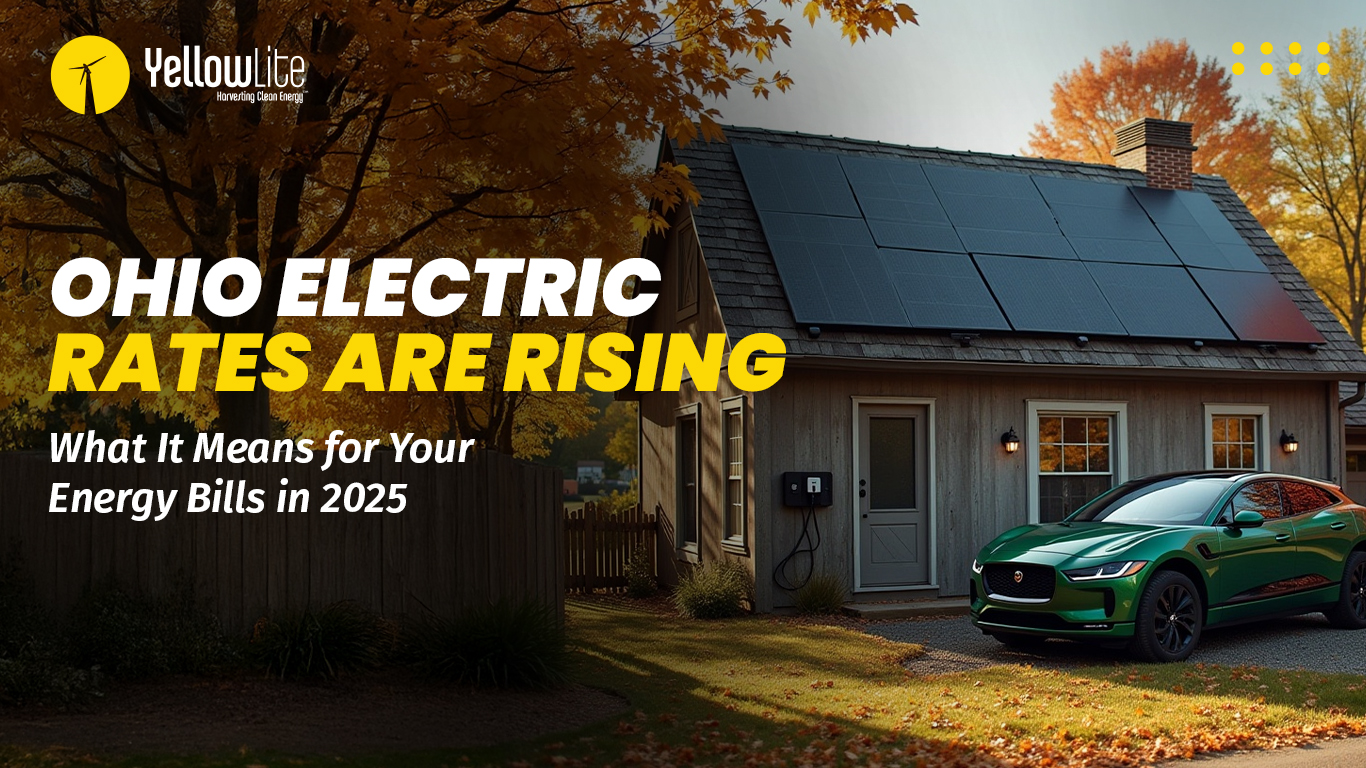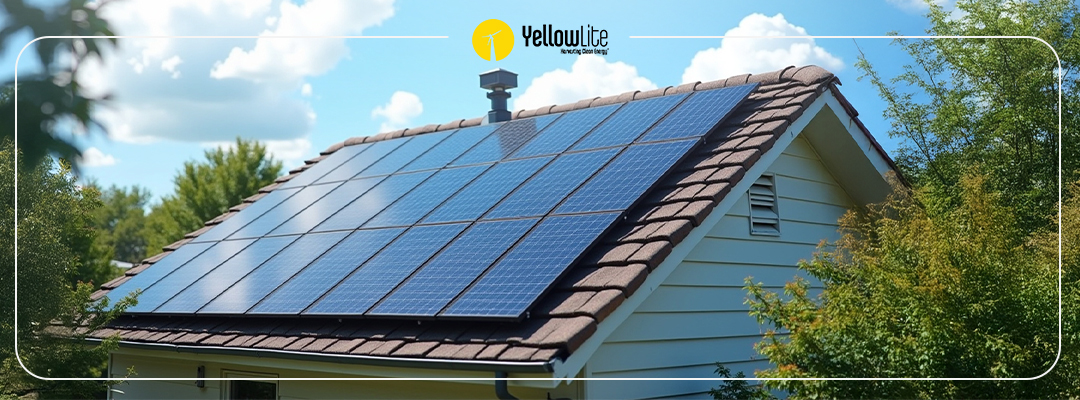Nearly every solar PV system installed on a home or business is said to contribute to the local distributed energy system (DES). Because of the generating capacity and especially because these systems are not fully "dispatchable", they do not behave like a typical plant managed by a utility. DES solar installations produce electricity entirely in proportion to the intensity of the sun. No operator is turning controls to set an output. Only when local energy storage and appropriate charging and interconnection controls are installed can an owner or a utility influence the amount of energy transmitted to the power grid.
One way to keep a grid network stable, or resilient in industry terms, is to use fossil fueled plants to keep the transmission and distribution system balanced. To keep satisfactory resiliency utilities and local authorities are increasingly turning to hydropower.
The Quick Background on Hydropower
For this post we only need to consider two methods of deriving electricity from water. High pressure, or high head systems which are well known with large projects employing dams and waterfalls. The Hoover Dam is famous worldwide as that type. Also low pressure, or low head systems go by different names and derive power from water, too. These systems are typically much smaller than high pressure systems, and their relative costs are usually more favorable.
High Pressure – These systems leverage the potential energy in water by allowing the cascading downward flow to operate turbines. All require the reservoir be maintained via a dam, with most being visible and some not visible. Typically, these hydroelectric systems are around 100kW and much larger, reaching megawatt (MW) capacities most often and into the gigawatt (GW) range at the largest sites.
Pumped hydroelectric storage leverages the same principles, where water is pumped to an upper reservoir from a lower reservoir during times of excess power capacity on the grid. In that sense the pumped storage systems are equivalent to massive batteries, where energy is stored for controlled, future use. They are nearly perfect as a dispatchable resource. Only enough to meet future predictions needs to be pumped to the upper reservoir. There are almost 40 systems of this type in the U.S.
Some Facts:
Already the U.S. derives almost 8% of all of its electricity from hydropower. The Pacific Northwest dominates. This also places it as the primary renewable energy source, making up around 50% of that mix.
It qualifies as a renewable and sustainable source by many definitions. This is because most systems do not require any fuel burning and they do not generate waste in any form, especially greenhouse gases. Pumped hydro requires energy to fill the upper reservoir, so it is not as efficient and sustainable as other high pressure systems.
High pressure systems are the preferred renewable source that can be dispatched. While biomass and geothermal sources can be dispatched, they are not as cheap or with low impact on the environment in the case of biomass.
There are nearly 80,000 dams in the U.S. used primarily for flood control and irrigation. Only 3% generate power, although many are not good candidates for that.
Low Pressure – These systems rely on flow and pressure for the most part, and do not utilize the large potential energy from high elevation. Many types are found from run-of-the-river to microhydro and most are in the kilowatt (kW) range, topping out at perhaps 10 MW. For our purposes, low pressure systems cover a wide range of installations by individuals, municipalities, and businesses.
What most distinguishes these low pressure systems is the favorable speed and cost to build them, the operating voltages, and the way they are integrated into the grid. Only large governments and well financed utilities can take the risk for even moderately sized high pressure systems.
Some examples of low pressure systems include the following:
Run-of-the-river – Sites that use the natural flow of the river and produce relatively little change in the stream channel and stream flow. They may look like larger dams without significant elevation, or they could require the diversion of water from one position in a flow to be deposited back after passing a generator. There are many opportunities for open channel/pipe discharge where low pressure turbines can capture the kinetic energy before effluent is discharged. In all cases, the turbines are moved by low pressure flow.
In pipe or hydrokinetic – Growing in value and in application are systems leveraging water flow in pipes that serve communities and larger regions. Fluid flow in pipes requires significant pressure. As downstream demand varies so does the resulting pressure as well as the needed pressure. These systems replace hardware required for controlling that pressure and eliminate wasting pressure.
Some facts:
Low pressure systems are considered distributed energy and frequently take advantage of wasted energy. No dams need to be built, only the facility to capture the flow or to take advantage of the existing water pressure in need of regulating.
There are over 15,000 waste water treatment facilities in the U.S. which are prime candidates for low pressure hydropower installed at their site discharge.
The Tie to Residential and Small Solar PV Systems
Because residential and small solar PV systems cannot be dispatched, the growing use of solar energy requires authorities to develop grid management systems and power networks to be resilient. They must accommodate more intermittent solar and wind in certain areas without allowing for voltage problems or other power quality issues. Throughout all of the usual environmental disturbances and fluctuations in demand and supply, the utility needs to ensure every ratepayer has reliable power. When a power plant goes off line unexpectedly, or when a more disruptive weather event occurs, the grid needs to stay alive and functioning. This is called a resilient network.
The good news is that the regional power authorities here and in adjacent states are actively searching for solutions and experimenting with hydropower at varying scales. There are favorable policies and incentives in Ohio, but also in Pennsylvania and New York where terrain is more suited for certain kinds of hydroelectric facilities. However, even in Ohio there are many opportunities including waste treatment facilities, where installing a hydropower solution helps buffer the addition of solar PV systems by many homeowners.
At YellowLite we want our customer to understand everything that is important to a successful renewable energy future. Policies are constantly in flux, and as residential and small solar PV installations continue to flourish, concern over the power system stability is legitimate. But resiliency is not only solved by fuel burning plants. And the more we and our customers know about solving those problems, the more influential we can be with policymakers and utilities.
Keep an eye on this site as we update you on current local hydropower activity. A watchful eye is a good thing.
Interested in learning more about YellowLite’s renewable energy solutions? Reach out to us today to learn more.



